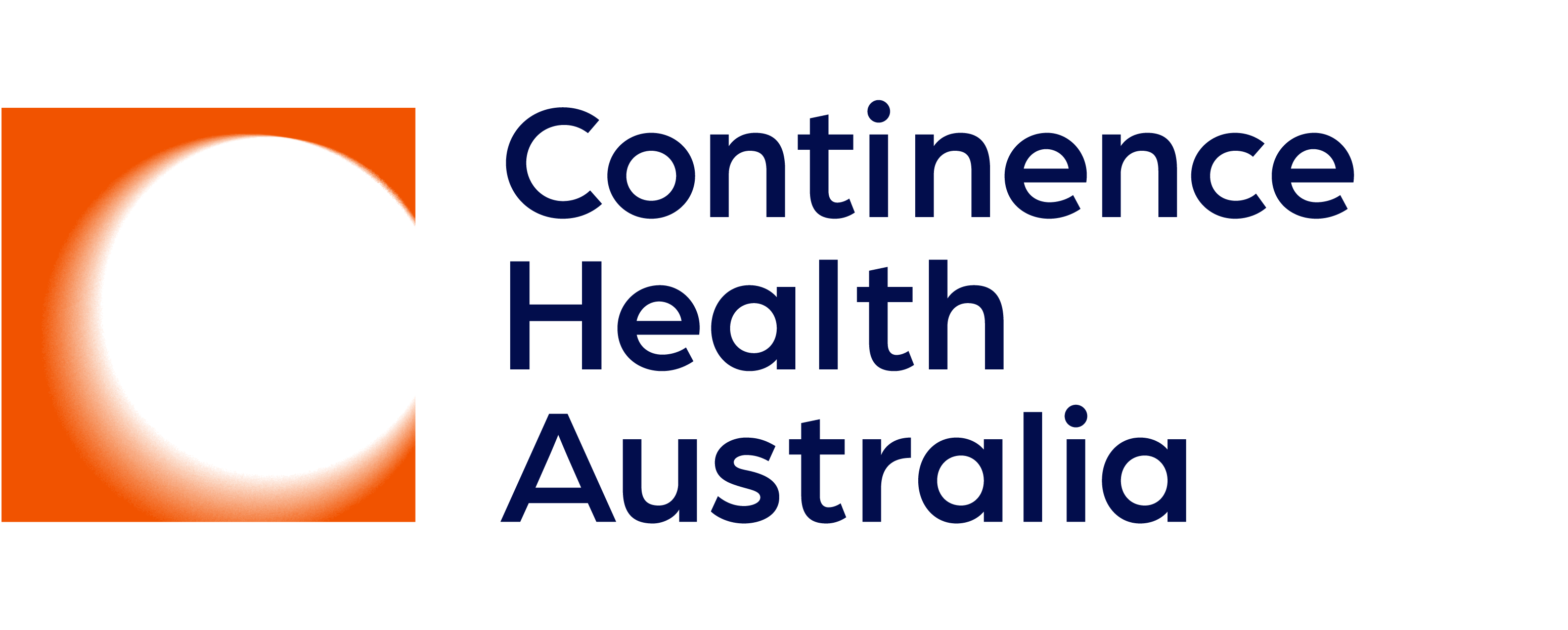Q: When/how did you become involved with the Great Dunny Hunt?
A: I became involved in the Great Dunny Hunt in 2021 after seeing it promoted in my local paper in the lead up to World Continence Week. We were just coming out of Covid-19 lockdown, and the hunt seemed like a great incentive to do some exploring.
I mostly relied on a variety of online resources to locate toilets that were missing from the map. As I found toilets that were not on the map, I would use multiple sources to verify that it existed and collect information. I spent a fair bit of time looking at online maps and photos looking for accessibility ramps and checking the exact location. Council and government websites were also great sources for checking the facilities, hours and access requirements for a dunny. Each spot would take about five minutes of research. I did not submit around a quarter of my finds due to lack of information, since I wanted to ensure accuracy. Nobody wants to turn up and discover a toilet isn't actually there. Many toilets have names like Toompie Hall and Stanley Rest Area, and when I searched for some missing toilets by name on the map I would find that they existed but had been entered wrong and were sometimes a couple of kilometres from where they should be (so I moved them). Apart from fixing existing toilet locations, I managed to add 129 toilets to the map during the first hunt, with everybody from the campaign contributing over 600 toilets in total.
Some of my favourites were the SA/NT border toilets (I can't believe they weren't on the map) and discoveries like the Boorabbin Memorial (a memorial to three truck drivers who died in a bush fire). There is so much history in these little stops on the highway.
Nicole from the Continence Foundation noticed my contributions to the map and asked if I would be able to work with Katherine Webber to represent the foundation and promote the hunt in the media in 2022. Katherine was awarded the 2018 Rodney Warmington Churchill Fellowship to increase inclusion and accessibility in public toilets by researching taboos, design, policy and legal barriers. We've spread word of the National Public Toilet Map and the Great Dunny Hunt via dozens of radio interviews, several newspaper articles and occasional television appearances.
My first television appearance was in 2022 when I was interviewed about the Great Dunny Hunt on the Sunrise breakfast television show. We selected a location in a park with a good looking toilet block in the background. The interview was shortened by coverage of a protest on the Sydney Harbour Bridge, but I managed to cover many of the key points. I felt like I could have presented better, so I joined Toastmasters to prepare for future interviews. That preparation paid off in 2024 when Katherine and I represented the foundation on the ABC News Breakfast show. We were able to engage the hosts (and hopefully the audience) in a more relaxed and friendly way, which enabled us to deliver our message more memorably and effectively.
I also had an interesting radio interview outside of all of this, and it is one of my favourites. The Maryborough Town Hall public toilet (The Cistern Chapel) was renovated as part of a push to promote the town. ABC radio interviewed the mayor of Maryborough about the toilet, and then me about interesting toilets around Australia. The toilet was missing from the National Public Toilet Map, which gave me an opportunity to bring the map into the discussion.
Q: Does incontinence impact your life directly or indirectly?
A: Surprisingly no. Given that one in four Australians are affected by incontinence during their lifetime there is a good chance that I will be impacted at some point.
Q: Why do you believe the National Public Toilet Map is an essential resource?
A: The National Public Toilet Map exists to enable over 5 million or more Australians affected by incontinence to plan their trips with confidence and overcome reluctance to leave home.
The map also serves a much broader community. Every year the Great Dunny Hunt has improved the National Public Toilet Map in a different way, and that demonstrates the versatility of the map.
In 2021 the hunt was about filling in the gaps in rural Australia, where toilets existed but weren't mapped. This helps people plan their longer trips, and it helps people in rural Australia discover local toilets that they might not have known about.
In 2022 the hunt encouraged people to update information about their local facilities on the map; open times, accessibility, drinking water and other attributes. Travellers like to know where showers are, and use dump points to empty their toilets. Lifts, ramps and handrails help people who need disabled access features. Sharps disposal helps diabetics. Changing tables and drinking water help young families. These attributes are all on the National Public Toilet Map, and each one is essential to different sets of people using it.
In 2023 the hunt promoted a new "upload photographs" feature with special prizes for those who found dunnies that were the most accessible, most colourful or in the best location. The great thing about photos is that they show so much more depending on what you're looking for. You might think you're taking a photo of a toilet block, but someone else will see that it has an access ramp, or is well lit, or that the photo includes the placard that has access hours. If those things are missing from the description, the photo fills in the blanks. Katherine Webber and I were guest judges, which was fun.

